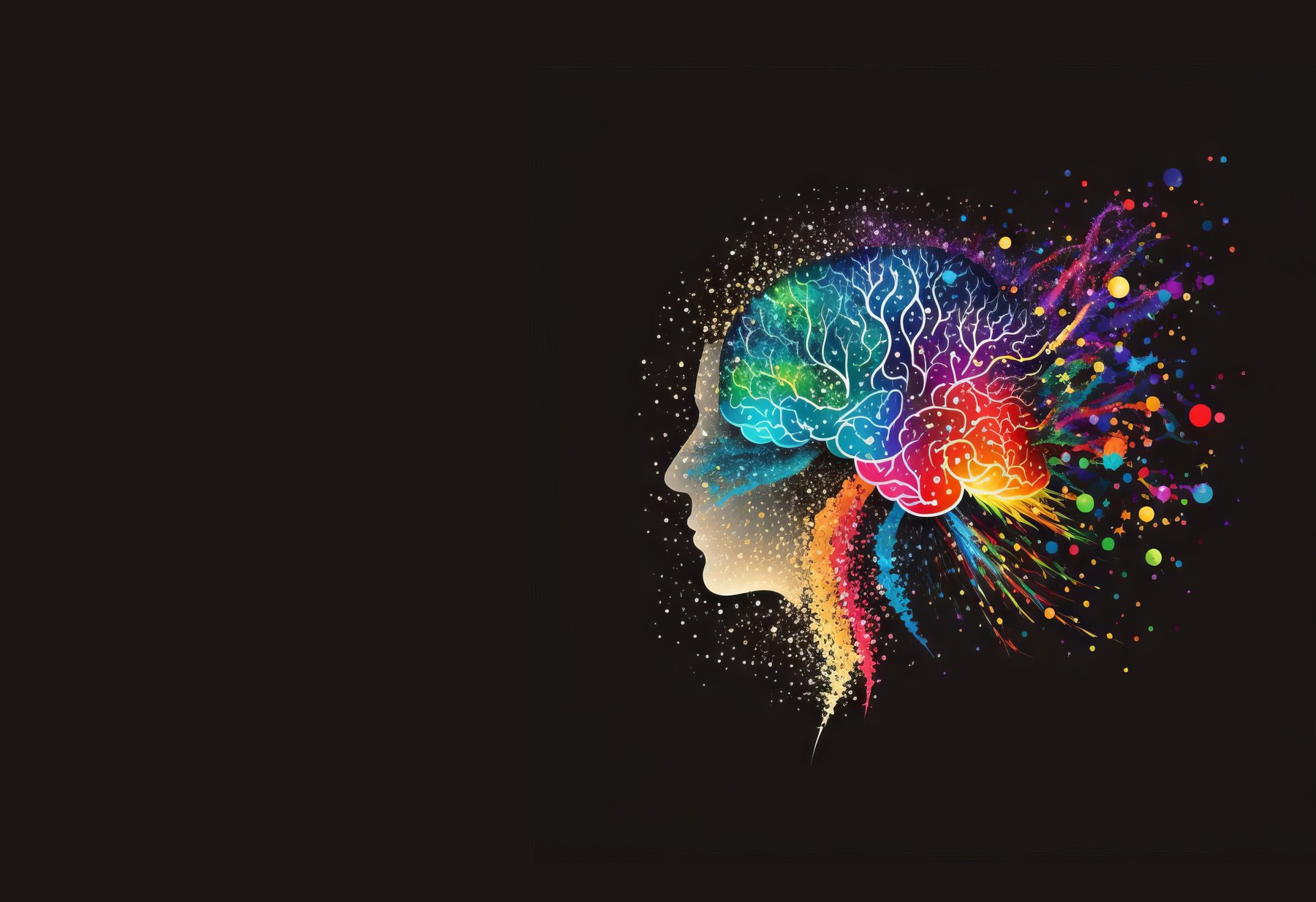Overview
The term "gut-brain connection" describes the two-way communication channel that affects several physiological processes, such as mood control, immunological response, and digestion, and runs between the GI tract and the central nervous system (CNS). According to recent studies, abnormalities in the gut-brain axis may have a role in the emergence and maintenance of chronic pain syndromes. It is crucial to comprehend the connection between digestive health and pain in order to pinpoint possible treatment targets and enhance the prognosis of chronic pain sufferers. This article looks at the relationship between the stomach and the brain, how digestive health affects how we perceive pain, and how to manage pain with gut-directed therapies.
Overview of the Gut-Brain Axis
The GI tract and the central nervous system are connected by a complex network of communication routes called the gut-brain axis, which includes neuronal, hormonal, and immunological signaling processes. Signals from the gut and the brain are transmitted through the vagus nerve, which joins the brainstem to the digestive system. Furthermore, the gut is home to a varied collection of bacteria known as the gut microbiota, which can affect behavior and brain function by producing metabolites, hormones, and neurotransmitters. Changes in the makeup of the gut microbiota or problems with the enteric nerve system are examples of disruptions in the gut-brain axis that have been linked to a number of gastrointestinal ailments as well as neurological and psychiatric conditions.
How Digestive Health Affects Perception of Pain
Changes in gut function can lead to the development and aggravation of chronic pain syndromes, and can have a substantial influence on pain perception and sensitivity. Prolonged pain syndromes like fibromyalgia and migraine are frequently coexisting with irritable bowel syndrome (IBS), a common gastrointestinal condition marked by bloating, changes in bowel habits, and abdominal pain. Visceral hypersensitivity, or an increased sensitivity to pain in response to stimuli in the gut, has been linked in studies to the pathogenesis of functional gastrointestinal diseases, including IBS. Additionally, changes in the composition and variety of microbes have been linked to changes in immunological function, inflammation, and pain signaling pathways. This imbalance of the gut microbiota, or dysbiosis, has been implicated in the development of chronic pain syndromes.
Interventions for Pain Management Driven by the Gut
Through the treatment of underlying dysbiosis and digestive dysfunction, gut-directed treatments that target the gut-brain axis have demonstrated promise in the management of chronic pain syndromes. Abdominal pain has been effectively reduced and bowel function has improved by dietary modifications such as the low FODMAP (fermentable oligosaccharides, disaccharides, monosaccharides, and polyols) diet, which restricts certain carbohydrates that can ferment in the gut and contribute to symptoms in individuals with IBS. It has been demonstrated that probiotics, which include good bacteria that help restore the microbial balance in the gut, reduce pain symptoms and enhance quality of life in people with IBS and other functional GI diseases. Furthermore, it has been demonstrated that mind-body therapies including mindfulness-based stress reduction (MBSR) and cognitive-behavioral therapy (CBT) enhance pain outcomes by lowering psychological distress, anxiety, and stress related to digestive symptoms.
The Mechanisms Behind the Brain-Gut Connection
The link between gut health and pain perception may be explained by a number of processes, including immunological, hormonal, and neurological pathways. Visceral pain is perceived by the brain as a result of neural communication from the gut via the vagus nerve and spinal cord. Visceral hypersensitivity and pain perception can also be influenced by immune cells and inflammatory mediators that are generated in the stomach in reaction to dysbiosis or inflammation. These mediators and immune cells can also activate pain-sensing neurons in the gut and spinal cord. Serotonin, dopamine, and endogenous opioids generated by the gut microbiota are examples of hormonal variables that might affect how the central nervous system processes pain, hence modifying the sensitivity and perception of pain.
The Gut Microbiota's Function in Pain Regulation
Through multiple processes, such as immunological modulation, neurotransmitter synthesis, and metabolite signaling, the gut microbiota significantly influence how pain is perceived and sensitivity is modulated. Dysbiosis, or changes in the variety and composition of microbiota, has been linked to a higher risk of developing chronic pain syndromes such fibromyalgia, inflammatory bowel disease (IBD), and IBS. Disturbances within microbial communities may result in immunological dysregulation, heightened intestinal permeability, and modified neurotransmitter and metabolite synthesis, all of which can impact pain signaling pathways. Probiotics, prebiotics, and dietary changes that restore microbial balance may help reduce discomfort and enhance digestive health in general.
Digestive Health and Lifestyle Factors
Healthy eating, regular exercise, stress reduction, and good sleeping habits are all important lifestyle choices that can help with chronic pain management and gut health maintenance. Eating a well-balanced diet full of fruits, vegetables, fiber, and foods high in probiotics can help to maintain the diversity of the gut flora and support digestive health. Frequent exercise can lower stress levels, enhance general wellbeing, and assist control bowel movements. Stress-reduction methods including yoga, meditation, and deep breathing exercises might lessen gastrointestinal symptoms brought on by stress and enhance pain treatment results. A regular sleep schedule and a focus on getting enough sleep might also help preserve digestive health by boosting immunological and gastrointestinal motility.
Final Thoughts
The development and aggravation of chronic pain syndromes are influenced by disturbances in digestive health, highlighting the crucial role that the gut-brain connection plays in pain perception and treatment. Determining possible therapy targets and creating successful interventions for people with chronic pain require an understanding of the reciprocal link between the gut and the brain. By treating underlying digestive dysfunction and dysbiosis, gut-directed interventions such as dietary changes, probiotics, and mind-body therapies have demonstrated potential in controlling pain sensations. In addition, preserving gut health and enhancing pain outcomes are greatly influenced by lifestyle choices like nutrition, exercise, stress reduction, and proper sleeping habits. Healthcare professionals can assist people in managing chronic pain and enhancing their general quality of life by treating both physical and psychological concerns.




